
Soil Health & Fertilization
We unite suppliers and green industry professionals worldwide
The Iceland Poppies are easy, all-purpose, and pretty flowers to add to your garden. They thrive in cooler climates and participate in flowering in the spring and early summer once the flowers pop.
By Victor Miller
|Published on September 22, 2025
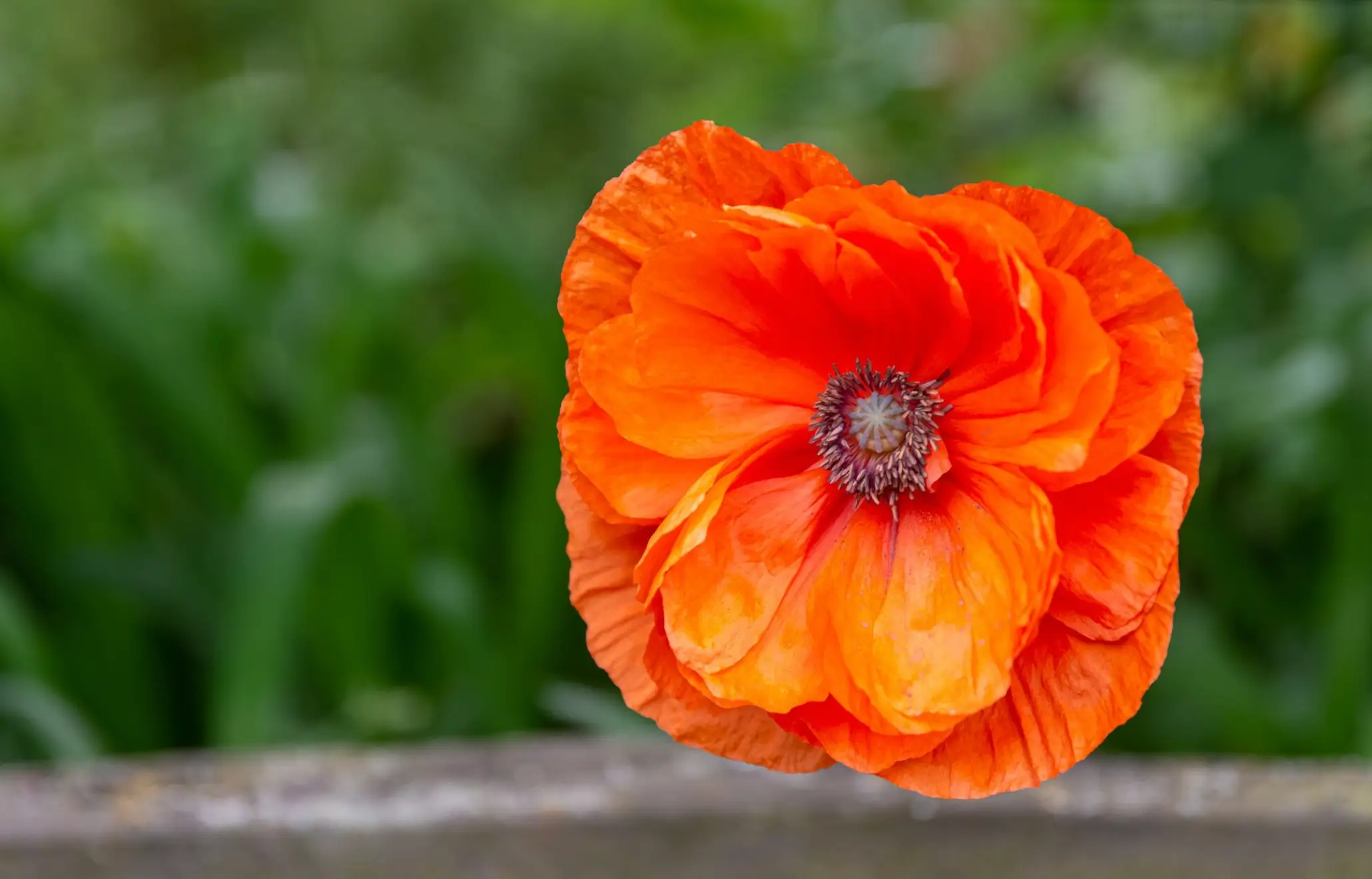

Iceland Poppy ( Papaver nudicaule ) is a flashy, hardy perennial known for its delicate, yet animated flowers. These cheery flowers are one of the most popular types that gardeners use because they grow well in cooler areas, they are available in a beautiful and diverse color range, and their flowers last long.
Iceland Poppies are quite common in gardens and flower arrangements because their translucent petals and thin stems combine to create a beautiful contrast to most of the other plants. These, though indigenous to cold areas of Iceland and northern Europe, have become popular worldwide because of how they easily grow and add color to their surroundings.
| Scientific Name | Papaver nudicaule |
| Common Names | Iceland Poppy, Arctic Poppy, Northern Poppy |
| Family | Papaveraceae |
| Genus | Papaver |
| Species | Papaver nudicaule |
| Cultivars | Some popular cultivars of Iceland Poppies include the ‘Champagne Bubbles’, ‘Pastel’, and ‘Tangerine Gem’. |

September 25, 2025
9 minute read
September 24, 2025
9 minute read
September 23, 2025
10 minute read
September 22, 2025
9 minute read


Join as a seller and connect with thousands of B2B buyers nationwide!
Sign Up
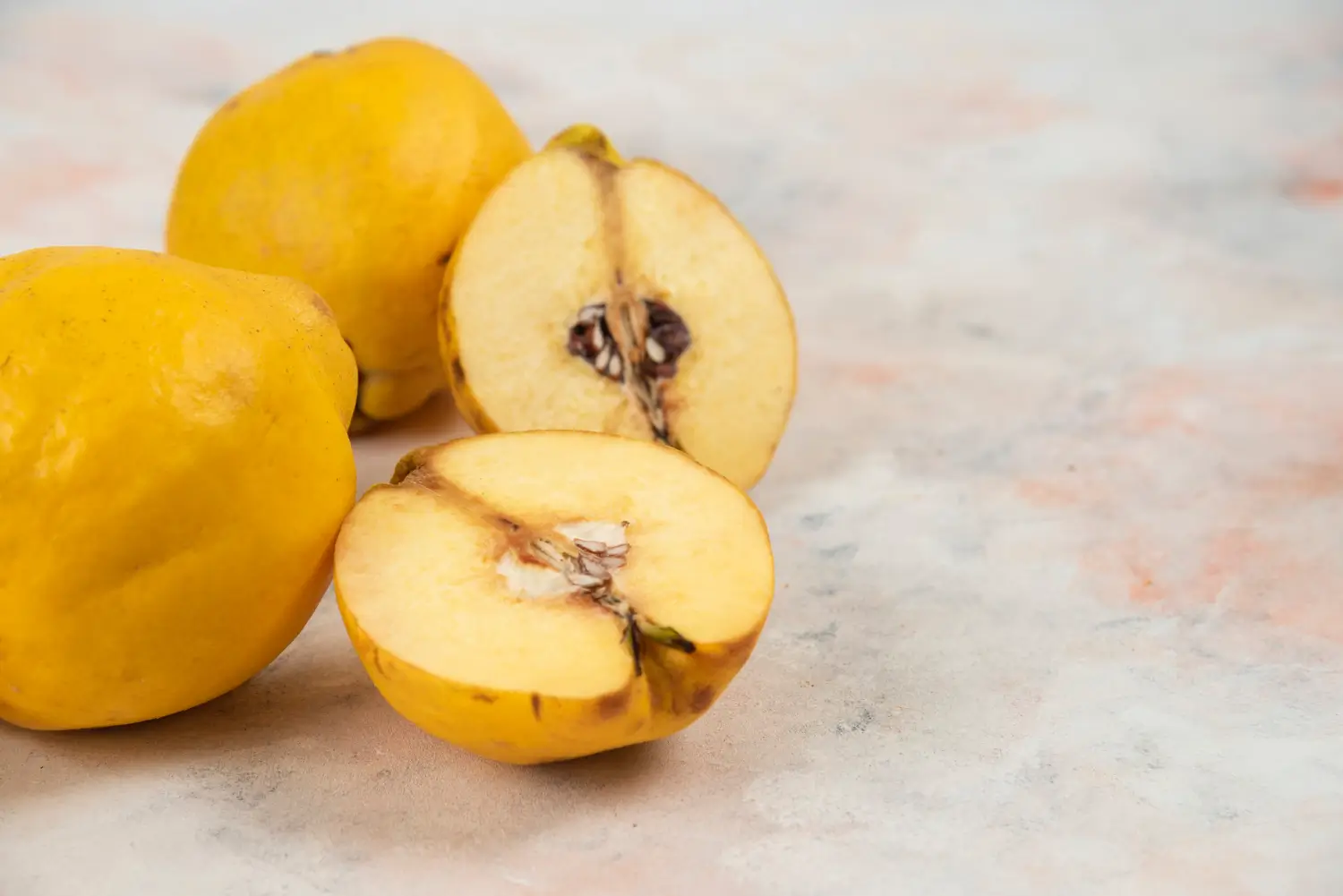
Quince
The quince (Cydonia oblonga) is a traditional fruit tree with golden, aromatic fruits and a rich heritage.
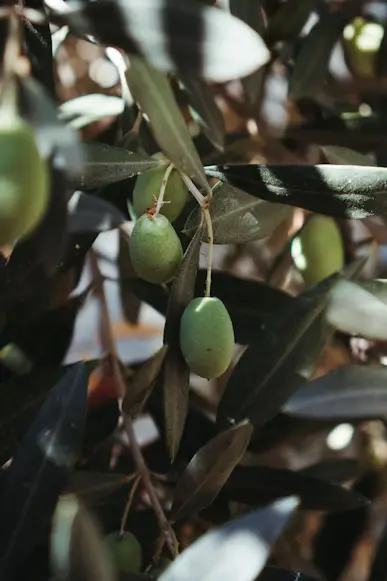
Olive
The olive is one of the oldest cultivated trees in the world, placing great importance on the beauty of its evergreen foliage, the fragrance of its blossoms, and the fruit, which has sustained civilization throughout the ages.
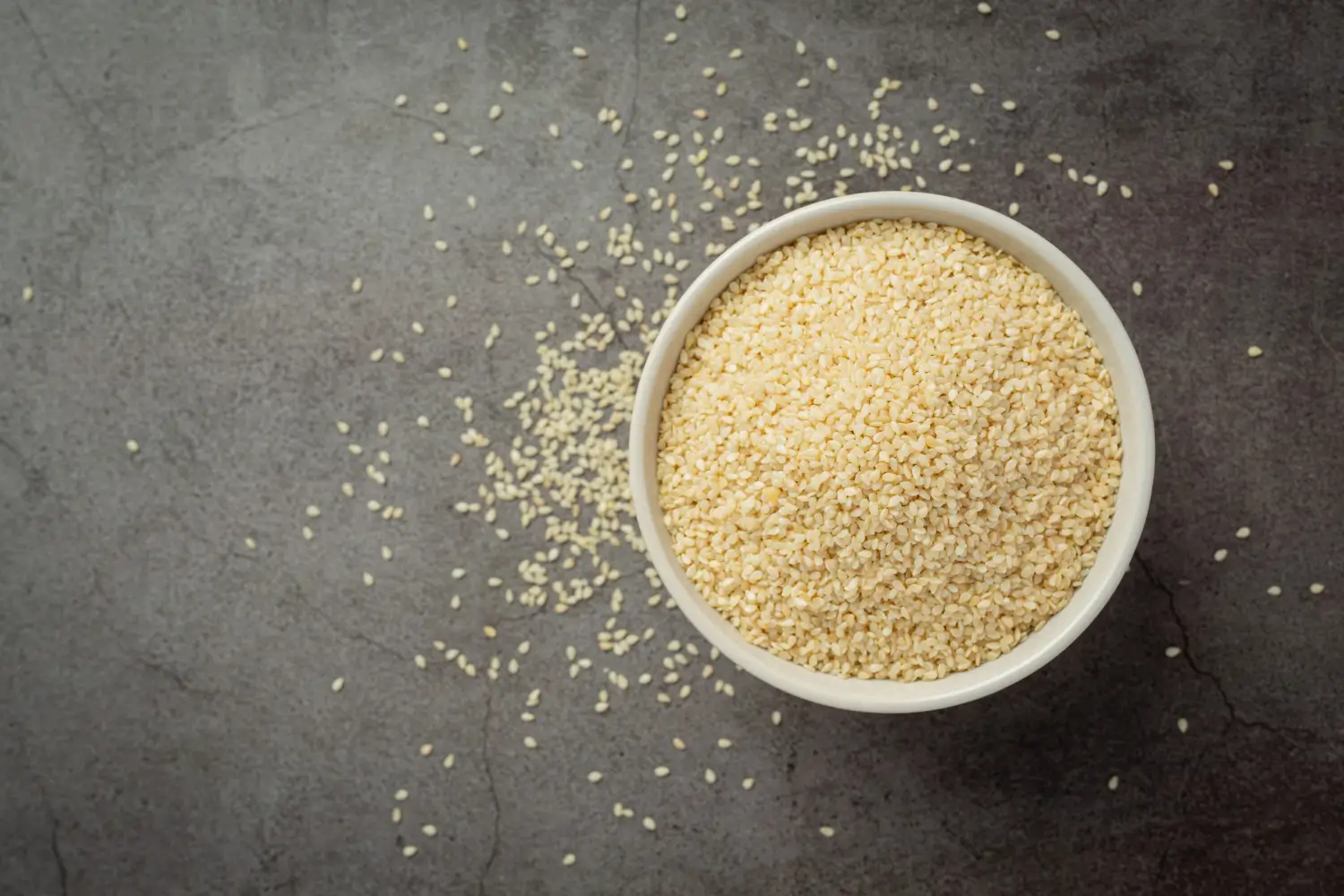
Quinoa
Quinoa (Chenopodium quinoa) has developed into a global symbol of a super-nutritious and healthy pseudocereal.
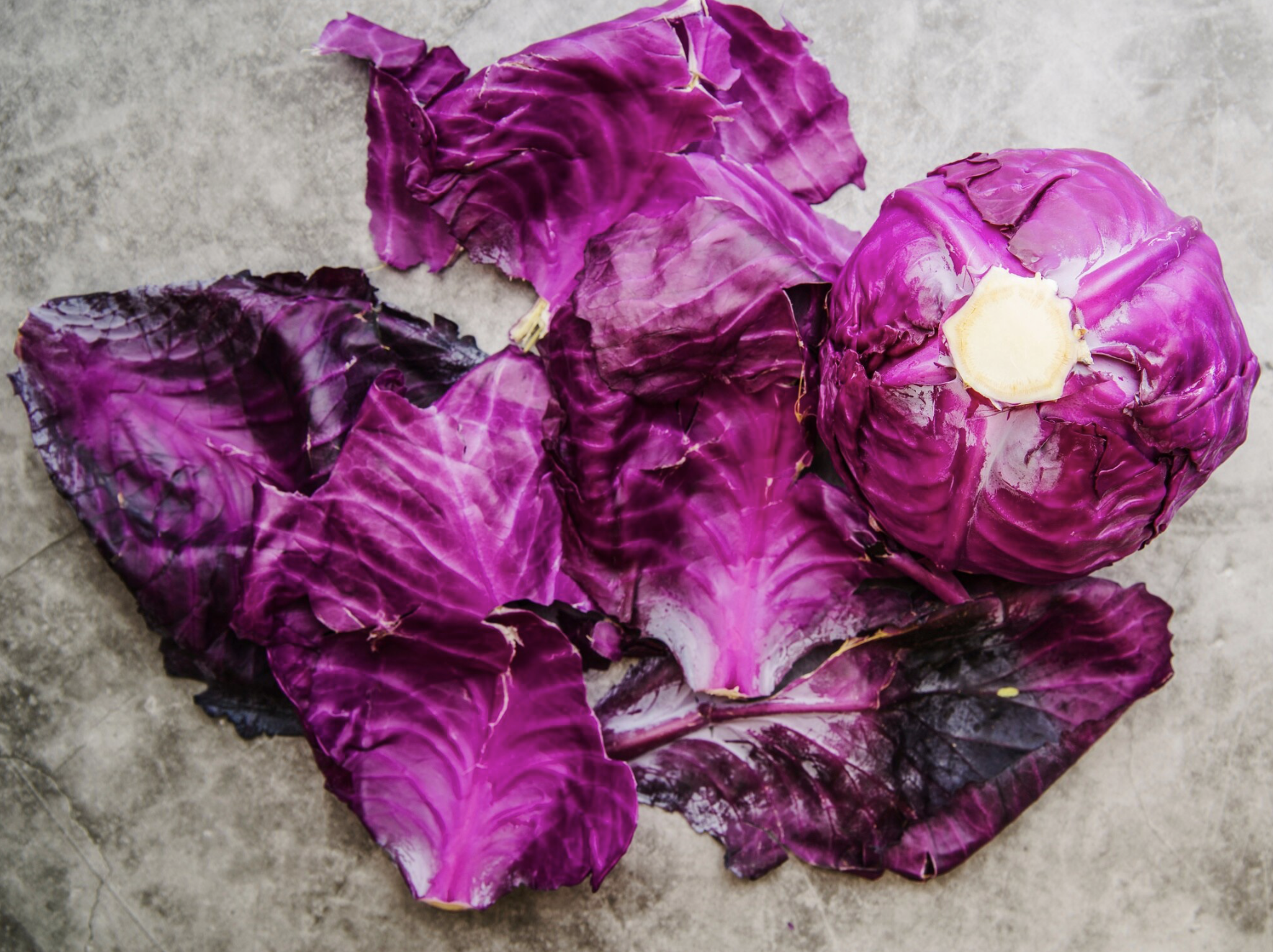
Radicchio
Radicchio (Cichorium intybus var. foliosum) looks like a leaf vegetable with its bright red, colored leaves and its crunchy texture and bitter taste.
Iceland Poppies are not only a pretty sight, but they also have several useful traits and virtues that make them outstanding members of any gardening circle.
Iceland poppy is a flowering plant that can be blended as a companion plant to other species.
Pollinator Plants: Open-bloomed, brightly colored flowers attract bees and butterflies, supporting biodiversity and pollination.
These Iceland Poppies have particular growing conditions needed to flourish.
Iceland Poppy seeds are of a size and shape that are small and round, and are of a brownish-grey color. These are seeds that can be planted with relative ease.
Iceland Poppy seeds can be germinated between March and June under conditions or in the garden, but it has to satisfy some criteria to have successful germination.
The seeds of the Iceland Poppy are a relatively simple species to keep and have good germinative potential for several years, as long as they are properly put in storage.
Vigor Testing: Before planting, vigor testing should be considered, either by exposing the seeds to a rapid aging stress or cold tests to guarantee the quality of the seeds, particularly when they are aged.
Iceland Poppies are very suitable plants to grow from seeds, and there is no easier method to propagate them.
Iceland Poppies are usually easy to grow, but could fall prey to some pests and diseases.
Iceland Poppy seeds need to be stored properly to guarantee high germination rates and the success of planting.
The Iceland Poppies are easy, all-purpose, and pretty flowers to add to your garden. They thrive in cooler climates and participate in flowering in the spring and early summer once the flowers pop. They grow easily by seed with care and will grow in most situations. Iceland Poppies are popular garden plants around the globe, whether used as ornamental, cut flowers, or to attract pollinators.
Iceland Poppy seeds typically germinate in 14-21 days under the right conditions.
Yes, Iceland Poppies grow well in containers. Ensure the pot has good drainage and place it in a location with full sunlight.
Yes, Iceland Poppies are generally resistant to deer and other herbivores, making them a great option for wildlife-prone areas.

Soil Health & Fertilization
Victor Miller

Pest Identification & Prevention
Victor Miller

Lawn Care Tips & Maintenance
Victor Miller

Soil Health & Fertilization
Victor Miller

Smart Irrigation Systems
Victor Miller

Patios, Walkways & Driveways
Victor Miller

Soil Health & Fertilization
Victor Miller

Pest Identification & Prevention
Victor Miller
My Account
Our team is always here to help.
We are open Monday - Friday, 9:00 AM to 4:30 PM PST.